The Eurasian Bullfinch is a bird that can be found in various regions of the Old World, spanning from Great Britain to Japan and Russia. Although they are not commonly found in North America, there have been a few sightings in Alaska. In Europe, they are simply referred to as “Bullfinch”. They can be found in diverse habitats such as wooded areas, farmlands, gardens, suburban settings, orchards, and parks. They tend to settle in areas with scattered thick shrubs and vegetation. During springtime, they have a unique fondness for fruit tree buds, which has caused frustration among farmers and orchard owners.
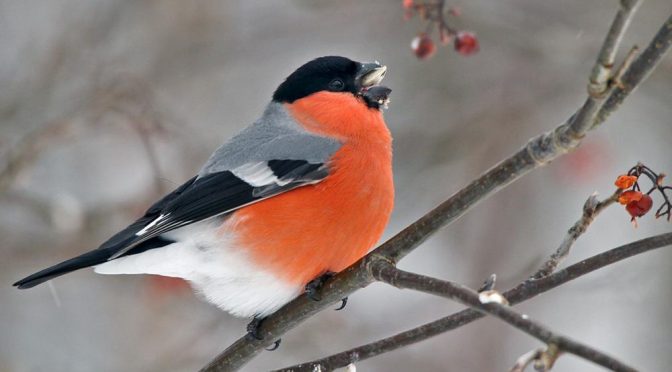
Food: The main source of nourishment for this creature is seeds and berries, along with other plant components like buds. However, when it’s breeding season, they’ll include insects in their diet and provide these small invertebrates to their offspring.
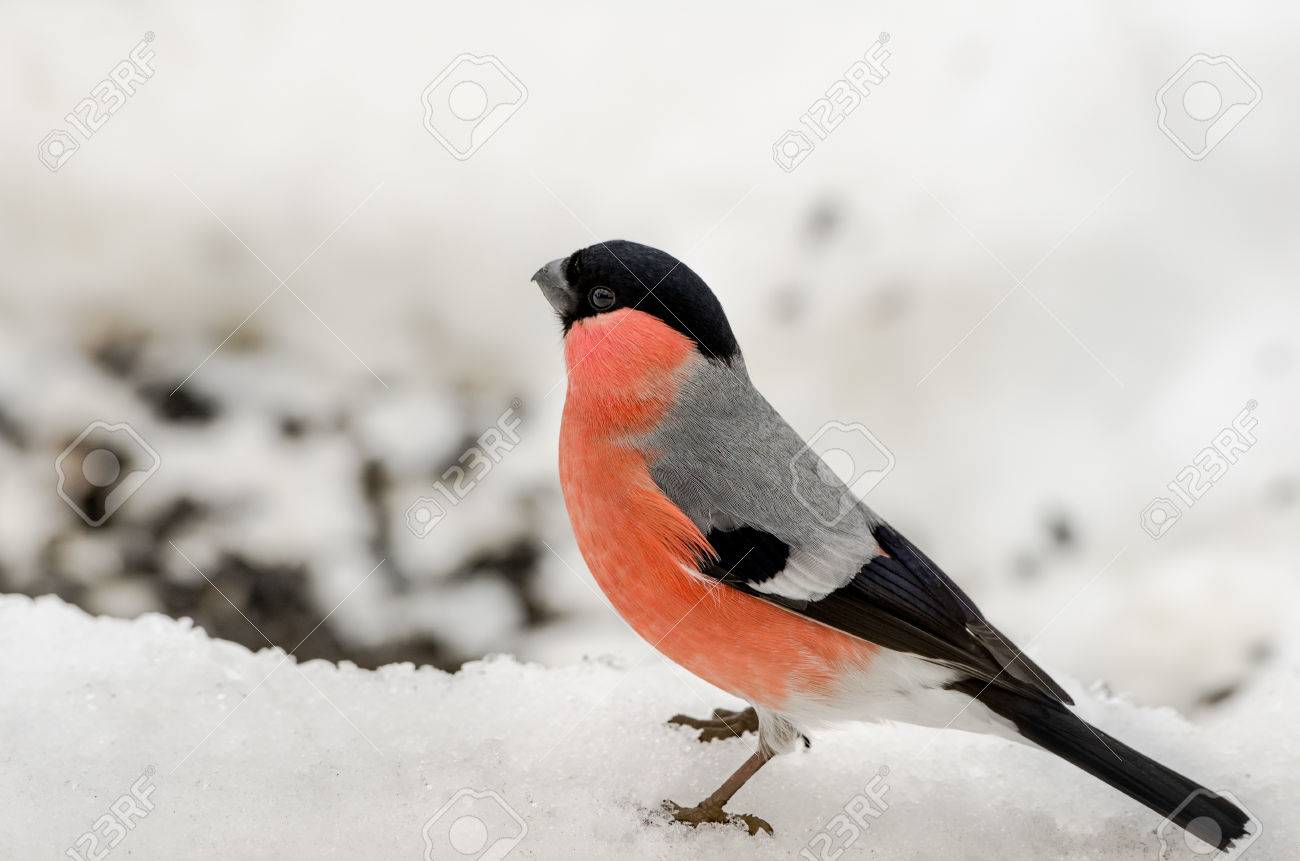
Personality: They are not very social and are typically found in pairs that are breeding or in small family units.
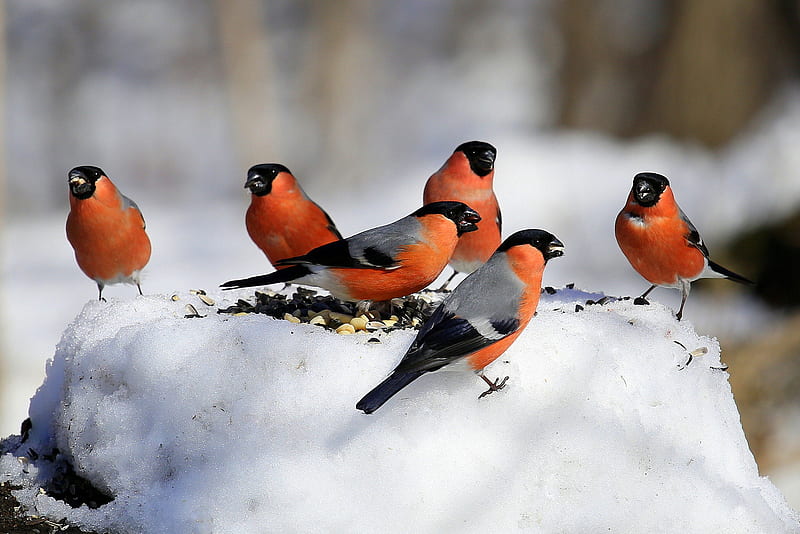
When it comes to nesting, the Eurasian Bullfinch creates a cozy cup made of lichens, mosses, and twigs, then lines it with soft materials like moss, animal hair, rootlets, or fine grasses. This snug abode is typically nestled in dense vegetation, such as a shrub or tree, and can be found anywhere from 3 to 10 feet off the ground. The female Eurasian Bullfinch lays between 3 and 6 eggs and takes responsibility for incubating them. After about 2 weeks, the young chicks emerge from their shells. Both parents play an active role in feeding and raising the young until they fledge around 2 weeks after hatching. Often, these nesting pairs will raise two broods each season.
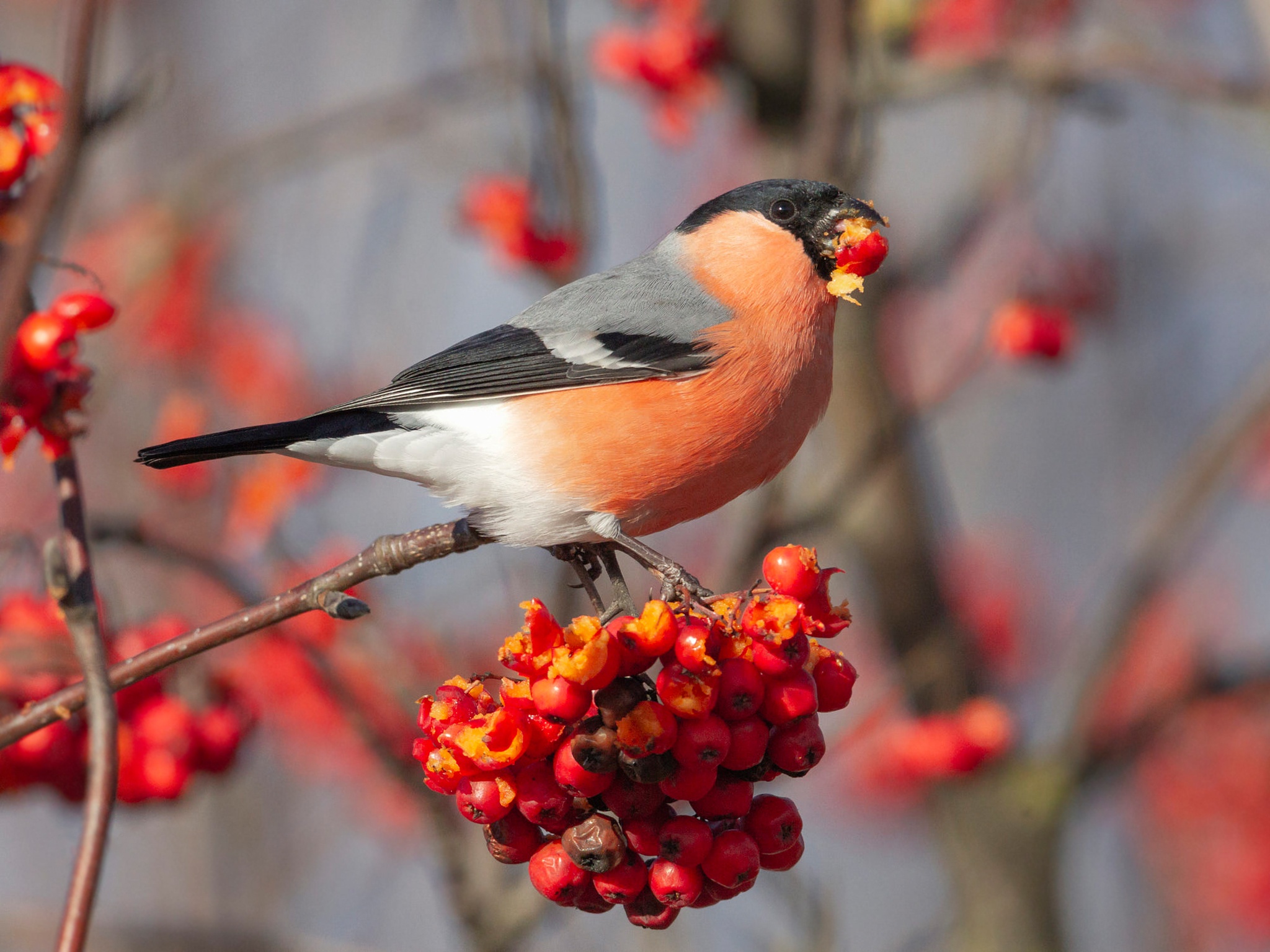
The Eurasian Bullfinch has a unique and diverse song, consisting of a series of musical warbles. Although the sound is usually very quiet and difficult to hear, it varies in tone and pitch. Additionally, the call of the Eurasian Bullfinch is represented by a gentle and soothing “pew” sound.

The natural migration pattern of birds from Europe and Asia shows that those living in the northern areas tend to migrate, while those in the more moderate zones remain as permanent residents.
Different species may have a unique pattern on their feathers, which can be easily recognizable if observed closely.
Birds that visit feeders are not picky eaters and will happily consume various types of food such as sunflower seeds, safflower, millet, suet, and even fruits.
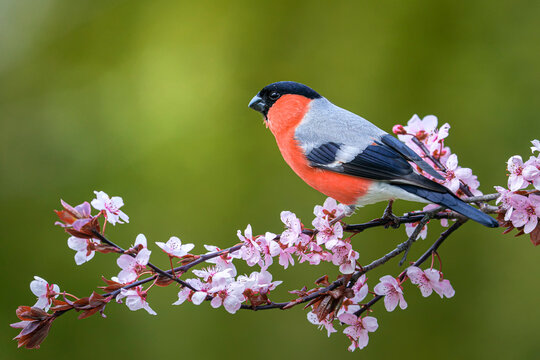
The status of the species seems to be in decline as a whole. In certain regions like Great Britain, their numbers have significantly dropped in recent years. This decrease could be attributed to the loss of hedgerows and other shrubby habitats that serve as ideal living conditions for them. Nevertheless, the species still exists in a vast geographical area and remains prevalent in some parts of their habitat.



